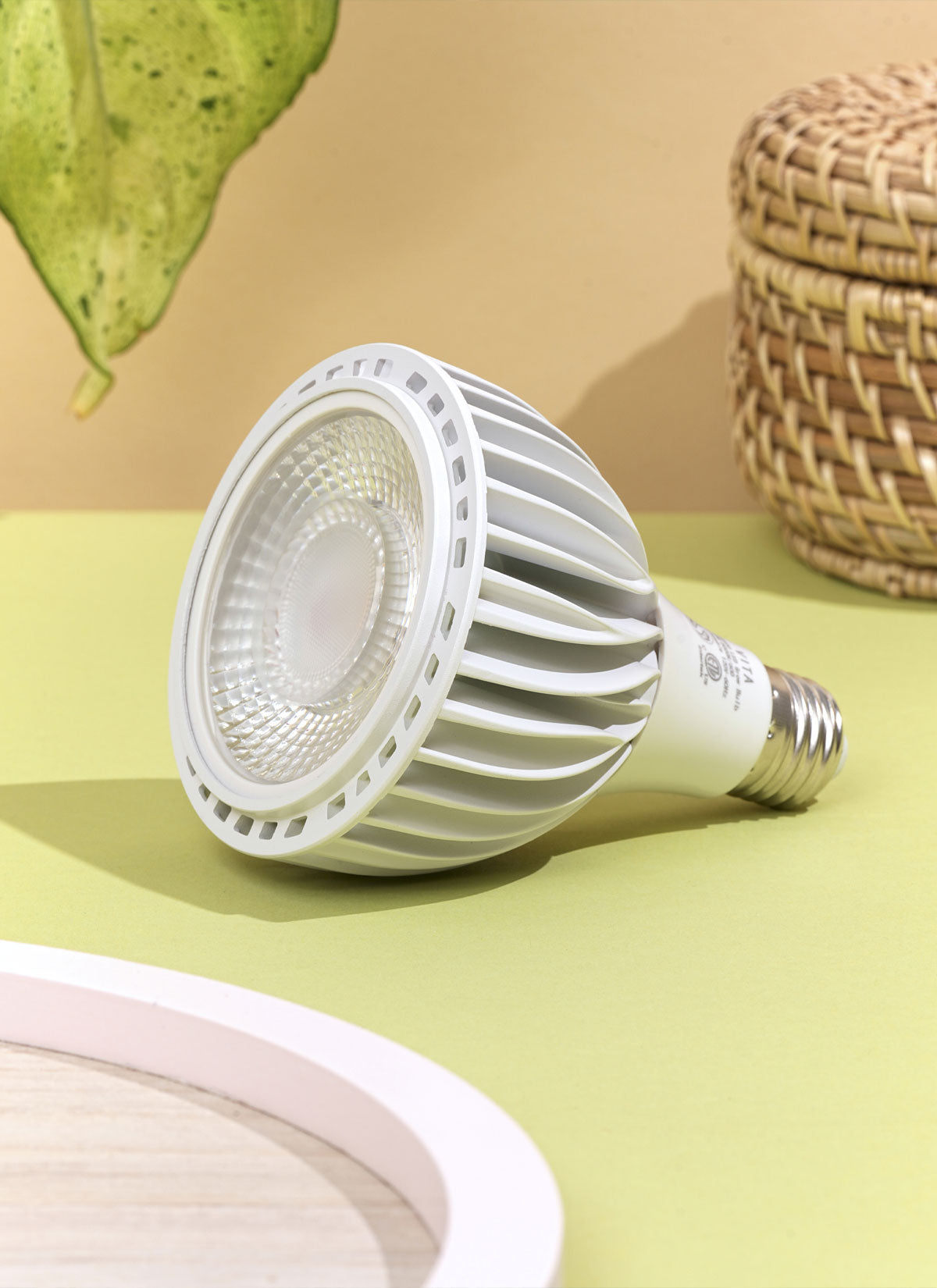Preferred Humidity: 40 - 60%; Moderate Humidity
Heartleaf philodendron is a popular houseplant that grows well when there is enough humidity. Heartleaf philodendron likes about 60% relative humidity. The easiest way to keep this level of humidity all the time is to use a humidifier. Put the humidifier close to the plant and change the settings to meet the plant's needs. Plants lose water through a process called transpiration. By putting plants close to each other, you can make a microclimate with more humidity. Put your heartleaf philodendron near other plants to make the room as a whole more humid. By misting the leaves with water, you can make the air around the plant more humid. Every few days, mist the leaves with a spray bottle. Be careful not to water the plant too much, because too much water can cause fungus to grow. A pebble tray is a shallow dish that has pebbles and water in it. Place the pot of the heartleaf philodendron on top of the pebbles, making sure that the water does not touch the bottom of the pot. The water evaporates, creating a humid microclimate around the plant. The humidity can also be affected by where the plant is. Don't put the plant near heat or air conditioning sources, which can dry out the air and make it less humid. Instead, find a spot that gets indirect sunlight and has good air flow.




















